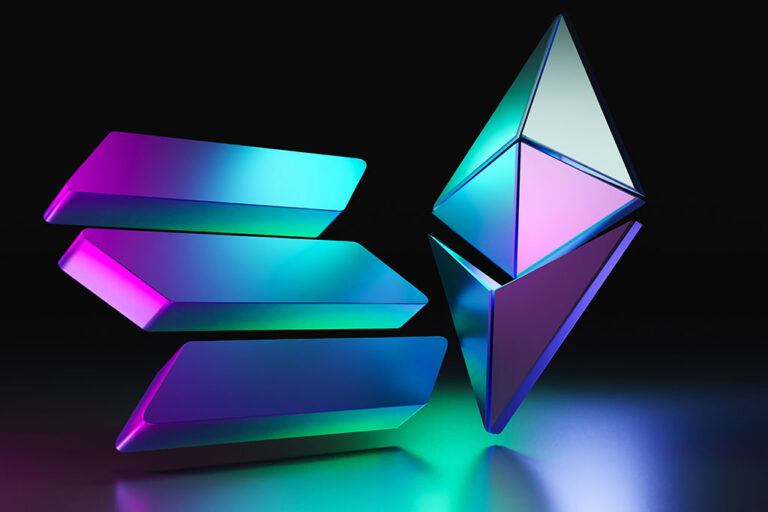Polygon’s AggLayer differed from other interoperability solutions such that it is not ecosystem-specific, and instead focuses on connecting the entire Web3 space.
The Polygon blockchain network is now realizing its ultimate goal of unifying the Web3 space and connecting all the Layer 1 networks. To achieve its goal, Polygon will be leveraging its aggregation layer AggLayer, which is similar to its cross-chain interoperability protocol used for connecting different blockchain networks.
Marc Boiron, the CEO of Polygon Labs stated that the AggLayer will connect the entire blockchain space, including some of the top Layer 1 networks such as Ethereum and Solana. Speaking to Cointelegraph, he said:
“When you think of Polygon 2.0, you need to bring together the idea of thematic to pull upgrade together with Polygon CDK to allow for that infinite scalability and then the AggLayer to unify all of it…”
On Wednesday, September 4, Polygon’s native cryptocurrency MATIC underwent a key technical upgrade while becoming the new Polygon Ecosystem Token (POL). They launched this “hyperproductive” token with the goal of achieving new growth heights and its ultimate vision.
This technical migration to the POL token was a crucial part of the vision of Polygon 2.0 including the Polygon CDK and AggLayer’s final evolution. With this, it aims to provide “infinite scalability” by unifying several blockchains together.
Polygon’s AggLayer differed from other interoperability solutions such that it is not ecosystem-specific. Rather, it focuses on connecting the entire Web3 space. Boiron said:
“Unlike every other interoperability solution that is very focused on its own ecosystem, AggLayer is there to connect all of Web3… It’s not just about L2s, it’s not just about L1s. It’s not just about Ethereum. It’s about literally bringing it all together…”
He further added that the fragmentation among the Layer 1 blockchains has become a growing user experience challenge for crypto holders. Bridging across these networks is both expensive and poses security risks due to vulnerabilities in cross-chain transactions.
Advancing Blockchain Interoperability
Blockchain interoperability remains one of the industry’s most urgent challenges. As Layer 1 blockchains operate in isolation, they lack the ability to communicate with each other, necessitating the development of cross-chain interoperability solutions. However, the incompatibility between blockchains complicates the creation of cross-chain infrastructure, increasing the potential for vulnerabilities in these third-party protocols.
Last December 2023, cross-chain interoperability solution Orbit suffered a $82 million hack. The hacker is still on the run after moving $48 million worth of digital assets using the crypto mixer Tornado Cash.
Several prominent blockchain leaders are addressing the interoperability challenge, including Ethereum co-founder Vitalik Buterin. In early August, Buterin revealed plans to tackle cross-chain interoperability between Ethereum Layer 2 networks, aiming to enhance communication across these platforms.
next